|
Are you worried that if you start weight/ strength training that it will make you look bulky, too masculine or even like a bodybuilder? Well we are here to debunk that myth and let you know that is not the case! Weight training will actually cause you to tone up, decrease body fat and accentuate your curves for all the ladies reading! Here are 4 reasons why strength training should be a part of EVERYBODY’S routine and also why you won’t turn into Arnold Schwarzenegger either! 1. Muscles aren’t made overnight. Increased muscular hypertrophy and size is actually quite difficult to achieve and takes prolonged periods of time, consistency and dedication so it won’t happen the first time you pick up a dumbbell! It takes up to 3 months just to recognise any significant changes in strength or muscle size. To reach “body-builder” levels you would have to be training and eating in extreme fashions for years, we guarantee you it won’t happen to you by accident. The reassuring news is that to maintain and even increase our muscular strength and endurance we only have to be lifting weights on 2 days of the week. These improvements will help you with day to day activities (think lifting the kids/ grandkids, lifting pots/ soil in the garden or even just carrying the shopping bags!), increase your energy levels and confidence. 2. Six packs are made in the kitchen. If you have ever heard this saying before you might already know that having a toned figure will be the outcome of both what exercise you are doing and the food you are eating. To reach bodybuilder status you would have to be consuming an extreme amount of food to keep up with the demands of your body. In the opposite sense to reveal the toned muscles you have built up through strength training you will need to reduce your body fat that sits above them. This is achieved predominantly through diet, weight loss is approximately 80% diet and 20% exercise. 3. Weights help to shape your body.
Have you previously spent hours in the gym on the treadmill, cross trainer and bike trying to burn every ounce of body fat off, only to realise it still has not produced the figure you were hoping for? Creating a strong muscular foundation creates that “perkier” bum, toned arms, better posture and so much more. Increasing muscle mass helps to tone all over the body even without losing significant amounts of body fat. 4. You’ll burn more calories without even trying. Lifting weights doesn’t only impact the size and strength of your muscles… It improves a number of other physiological aspects too! Bone density, joint health, metabolism, brain health and energy levels all improve with weight training just to name a few! We also know that lean muscle mass burns more calories throughout the day regardless of what you are doing, when compared to fat mass. This means the more muscle you have, the more energy/ calories you will burn! So, if you have been avoiding the weights, now is the time to go and pick them up! What are you waiting for? Written By, Aleisha Michael Accredited Exercise Physiologist.
0 Comments
What is the Tricep muscle? The tricep muscle sits in the back portion of your upper arm, between your elbow and shoulder joints. The muscle is made up of three muscle heads, hence “tri” in the name. Each of the three heads, the long head, medial head and lateral head, play a different role in each movement that it produces. The long head of the muscle is located on the inside portion of the arm, whilst the lateral head sits on the outside and the medical head is positioned between the two. It is surprising that the triceps actually accounts for two thirds of the muscle mass in the upper arm. What does the Tricep muscle do? The Tricep’s main function is to assist in stabilising the shoulder joint. It produces elbow extension (straightening out the elbow), shoulder extension (pulling the arm back) and adducts the shoulder (bringing the arm in towards the body). What are the best exercises to work each head of the Tricep? Lateral head: Tricep dips are a fantastic triceps exercise that can be both progressed and regressed depending on your level of ability. They focus on working the lateral head of the tricep but also target the medial and long head too.
Medial head: Overhead tricep extensions are another versatile exercise that can be done seated or standing. Whilst this exercise only uses one dumbbell it is important that you have a good grip with both hands on the dumbbell to ensure it is completed safely.
Long Head: Tricep pulldown with a neutral grip target the long head of triceps but altering the grip position can change the dominant head of the tricep that is working too. This exercise can be done using a cable machine or resistance band at home.
Written by, Aleisha Michael Accredited Exercise Physiologist. 1. Strength Training improves muscle mass, which can help us in our everyday lives Looking like the incredible hulk or the next bodybuilding queen are not the only reasons to strength train, and for probably around 98% of the population, these are not the reasons we strength train. Some might strength train to improve their athletic performance, improve flexibility and reduce incidence of injury or chronic disease. However, at the very least improving your strength can help with everyday tasks such as moving the lawn, lifting the groceries, shifting furniture, and cleaning your house. For most people these jobs are not the most enjoyable in the world, therefore having good strength and stamina to get them done quicker and with less effort is a great outcome. 2. Strength training improves bone mineral density As we age, and particularly for females who are post menopausal, our bone mineral density can decline. There is evidence to suggest that we can lose as much as 3-5% per decade after the age of 30. This can increase a person's risk of a fracture if they were to have a fall, and lead to reduced quality of life. In a study of people living with Osteoporosis who undertook a specific strength training program to improve bone density, results showed that 86% of patients increased bone mass in their lower spine, and 69% of patients increased their bone mass in their hip - which is great results for people living with this condition. 3. Strength training can help to preserve lean muscle mass during weight loss Generally when you restrict our energy intake with the goal of losing weight, not only do you lose fat mass, but also some lean muscle mass, which is not ideal. Although aerobic exercise generally forms the basis of your training if your goal is to lose weight as this form of exercise burns a greater amount of energy during your exercise session compared with strength training. Strength training does help you to maintain and preserve your muscle mass during weight loss, and can increase your excess post-exercise oxygen consumption, meaning your metabolism remains active and your body continues to burn calories after you have completed your workout. Therefore, adding resistance/strength training exercise on top of your aerobic training is beneficial when losing weight. 4. Strength training can improve your flexibility When most people consider improving their flexibility, usually yoga, or undertaking specific static stretching exercises comes to mind. Both of these activities are effective in improving the flexibility of a joint, however undertaking full range strength training has also been shown to be just as effective as flexibility training for a specific joint, and not surprisingly both are superior to doing nothing (reference). Therefore, adapting your program to include some full joint strength exercises can effectively kill 2 birds with one stone, and reduce the need for a specific flexibility program for those strength trained joints.
Lisa Parkinson
Accredited Exercise Physiologist & Credentialed Diabetes Educator What is Bone Mineral Density and how does it cause Osteoporosis? Bone Mineral Density (BMD) refers to the amount of bone mineral in bone tissue. When experiencing Osteoporosis or Osteopenia BMD can decrease, placing individuals at a higher risk of fractures or breaks in bone. Osteoporosis is more common in post-menopausal women as their BMD levels continue to decline with age. BMD levels have shown to be lowest in the spine and the neck of the femur (thigh bone), and these are 2 of the sites tested when you have a bone mineral density scan. When you have a BMD scan, you will be provided with a T-score for each of the bone sites tested. This T score is compared to the T-score of a healthy 30 year old, and gives and indication of how high or low your bone density is. The table below shows the T-scores and their classifications for normal bone density, osteopenia, and osteoporosis. How can I improve my bone mineral density? There are a few different methods in which your BMD can be increased;
How can exercise make my bones stronger? Studies have shown that therapeutic based exercises that include resistance and load bearing movements are able to MAINTAIN OR IMPROVE BONE MINERAL DENSITY LEVELS in healthy individuals and those diagnosed with Osteoporosis. These exercises have been reported to STIMULATE BONE GROWTH AND PRESERVE BONE MASS. These processes occur through a mechanical stimulus on the bone and both anti-gravity loading, and stress exerted on the muscles that surround it. Quite simply, this means that movements involving repetitive and loaded (heavy) exercises cause the working muscles involved to pull on the bones they are attached to, which in turn stimulates bone growth. When this is completed on a regular basis over a long period of time it can have a significant effect on BMD levels. What type of exercise is best? There has been a large amount of research conducted into which exercise type provides the best results when trying to increase bone mineral density. The Onero program has collated and completed multiple studies to determine which exercise type reigns supreme and designed a program to specifically include these exercises. They research found that IMPACT AND RESISTANCE-BASED TRAINING THAT IS BOTH SUPERVISED AND TARGETED provides the highest improvement in BMD. The Onero program ongoing data has shown that 86% of participant’s had an increase in lumbar spine (LS) BMD, whilst 69% had an improvement in femur BMD. Results have also shown a significant improvement in participant’s posture and a decrease in falls risk, preventing potential fractures. Overall, high intensity loading and impact-based exercise undertaken in a safe and supervised setting are the most optimal types of exercise to increase BMD. These exercises are an example, however all exercises are safely prescribed for the individual at the entry level appropriate for their health, conditions, fitness and confidence. Who can help me increase my Bone Mineral Density safely? Accredited Exercise Physiologists are the most appropriate people to assist you in increasing your BMD. The great news is that Optimum Exercise Physiology, runs a Strong Bones specific class twice a week that has TAILORED AND SPECIFIC EXERCISE PROGRAMS THAT ARE SUITABLE TO YOUR CURRENT NEEDS AND GOALS. Can't make a class, that's fine too. We can develop a program for you to undertake independently at the gym or for home. Would you like more information ...?
If you would like more information about how exercise can help improve your bone mineral density and reduce the risk of developing or progressing Osteoporosis/ Osteopenia further, please get in touch on 8873 0628 or, [email protected]. By, Aleisha Michael, Accredited Exercise Physiologist. What are sets? Are they different to a rep? All the exercise definitions you need to know.26/8/2021 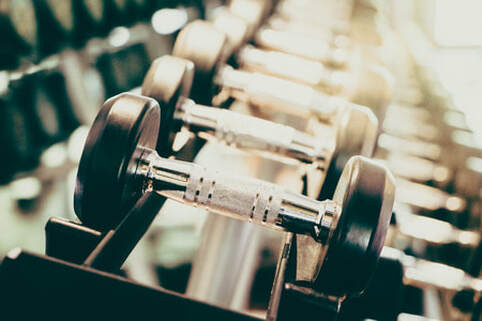 Have you ever been in a gym or group class and all these words are being yelled out and you have no idea what they mean or what you are meant to be doing? We are here to help you understand what all those terms mean to help you feel more comfortable when exercising. Here is our guide to all the exercise terminology you need to know:
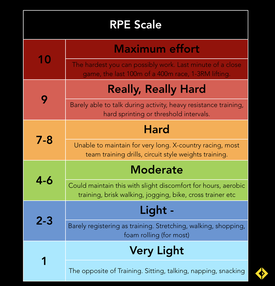
This is a beginner’s guide to exercise terminology, if there are more terms you would like to know the meaning of, please get in touch at [email protected] we are happy to help! By, Aleisha Michael Accredited Exercise Physiologist. 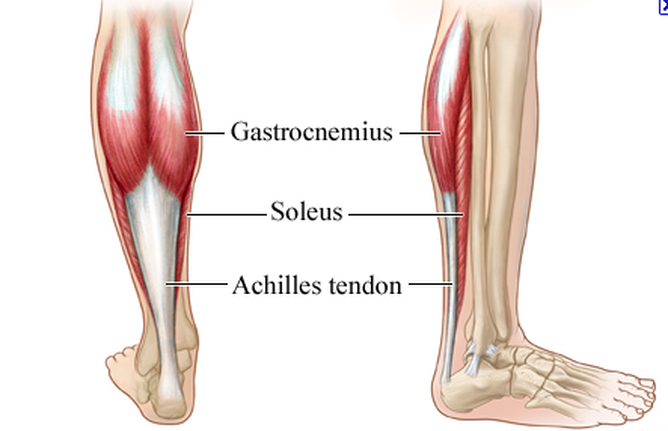 What is the Calf? The calf as it is commonly known, is in the lower leg between the knee and ankle and is made up of only two muscles, the Gastrocnemius and the Soleus. These two muscles join together to form your Achilles tendon which then attaches onto the heel of your foot.
Why is Strength in the Calf so important? The role of our calf muscles is to propel us forward during each and every step that we take. Anything from walking slowly or climbing stairs, to dancing, sprinting or jumping, all requires high levels of calf strength. Injuries that are preventable with good Calf Strength Having a good foundational level of strength in the calf can assist in preventing a number of calf injuries, such as;
The 3 best calf strengthening exercises Typically, the calf is one of the most under trained muscles in the body. When conducting any of the below exercises it is important to be aware of the load and repetitions that you are completing, relative to your current ability and capacity. Be careful not to go too hard too early with these exercises, start gradually and build your strength and endurance up over time.
Progressions:
2. Straight knee incline calf raise Start with both feet standing on an incline surface or raised surface, with your heels hanging off the edge. Have something stable nearby to hold onto and help support yourself during the movement. Lift your heels upward, pushing up onto your toes, reaching as high as you can. Then slowly lower back down and repeat. Progressions:
3. Hopping/ Skipping Hopping produces explosive movements and replicates running or tasks that can usually cause calf injuries. Start by either skipping in a skipping rope or double leg hops and then progressing the difficulty. Progressions:
By, Aleisha Michael Accredited Exercise Physiologist Bodyweight exercises are a great way to stay in shape at home. They’re effective, they do not require any special equipment and you can do them anywhere, making them a perfect solution for people without equipment or when you are on holidays. Below are 3 body weight exercises that you can do at home with a couple of variations of each exercise for different fitness levels. This is general advice and these exercises may not be suitable for everyone, so please pick and choose which exercise and which version might be best for you, or consult an exercise physiologist for individualised exercise prescription. Squat Most of us know how to perform a squat and there are lots of variations depending upon your ability. Level 1 of the squat is the chair stand.
Next level is to undertake a squat tap.
Once you have mastered this, you can progress to the full squat.
The second exercise is the push up, again beginner through to advanced versions. Beginner level is a wall push up
Those familiar with push ups might also undertake them on the floor with hands and knees in a box position, or in a full push up position on hands and toes. Again undertake 3 sets of 10 repetitions slowly. The final exercise is the tricep dip. This one targets the tuck shop arms or the tricep muscle group at the back of the upper arm.
Beginner: Intermediate: Advanced: Lisa Parkinson
Accredited Exercise Physiologist & Credentialled Diabetes Educator. 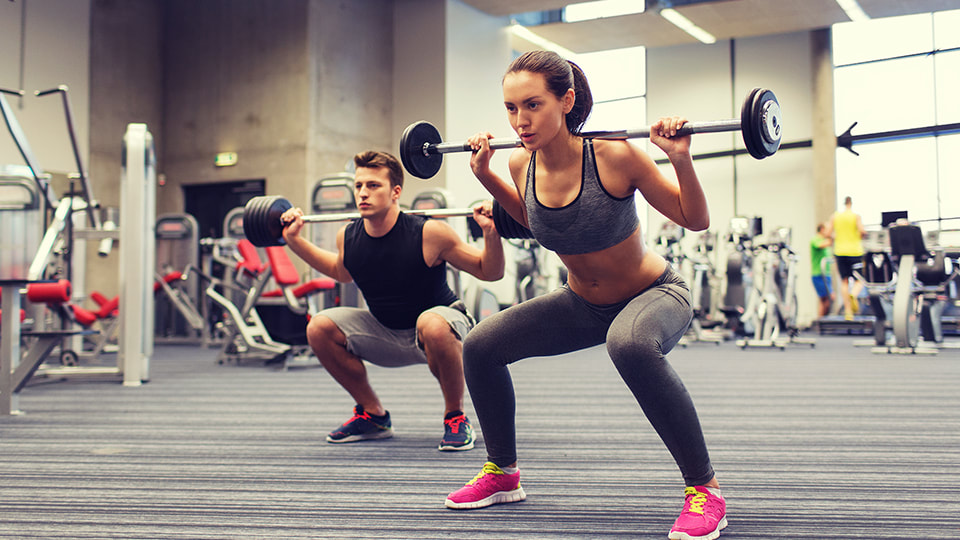 What is strength training and why would we want to start a strength training program? Strength is the ability to produce force, or very plainly the ability to lift, push, pull a resistive force. Strength training is recommended and is important for everyone from endurance runners, professional footballers and netballers to help improve performance, to improving the health of an individual with diabetes or osteoporosis. It helps us to improve our muscle mass, improve bone strength along with other biochemical measures such as our blood glucose levels. Everyone should include strength training as part of their regular exercise program. How do I start strength training, what equipment do I need? Beginners can commence a strength training program without any equipment at all, using only body weight to undertake a range of different exercises for most major muscle groups. Alternatively a home strength training program could use resistance bands (priced under $10) dumbbells, barbells and kettlebells which are equipment that you can pick up quite cheaply from department stores or sports stores. Or if you have a gym membership, there are numerous resistance machines, cable machines and other options to take advantage of. Top 5 tips for getting started? 1. Warm up - it is important to warm up our body and muscles prior to lifting weights. Ensure you start with a light cardiovascular workout of walking, bike, rower etc for a good 10 minutes to increase blood flow to the muscles and prime them for your workout. 2. Start with a lighter weight than you can manage well. Commence with a weight that you can lift 10-15 times, for 2-3 sets. Ensure you have good technique with this weight before adjusting the weight or volume of repetitions and sets. 3. Ensure you are loading your muscles enough to get the desired effect. Once you are familiar with your program, and you have been checked for good form, you need to ensure that you are stressing your muscles enough to get the increase in size and strength that you are aiming for. If you are performing an exercise and aiming for 3 sets of 8 repetitions, by the 6th repetition of the last set, your muscle should be feeling fatigued enough that you can only just complete the last 2 repetitions with good form. If the last couple of repetitions are not challenging, then the weight is too easy and should be increased. 4. Ensure you rest between sets. When exercising the same muscle group with the same exercise for a number of sets, you need to provide adequate rest between sets, usually around 60-120 seconds. 5. Take rest days - When you strength train, you are causing microscopic damage to the tissue that will be repaired—this is how muscle builds. However, we need to allow our body time to repair and rebuild stronger, so always allow at least 1 rest day between training muscle groups. If you would like to strength train every day, you can rotate between upper and lower body muscle groups on alternate days. And finally, undertake a final stretch of the muscles that you have used in your workout, as part of your cooldown routine. Lisa Parkinson Accredited Exercise Physiologist. 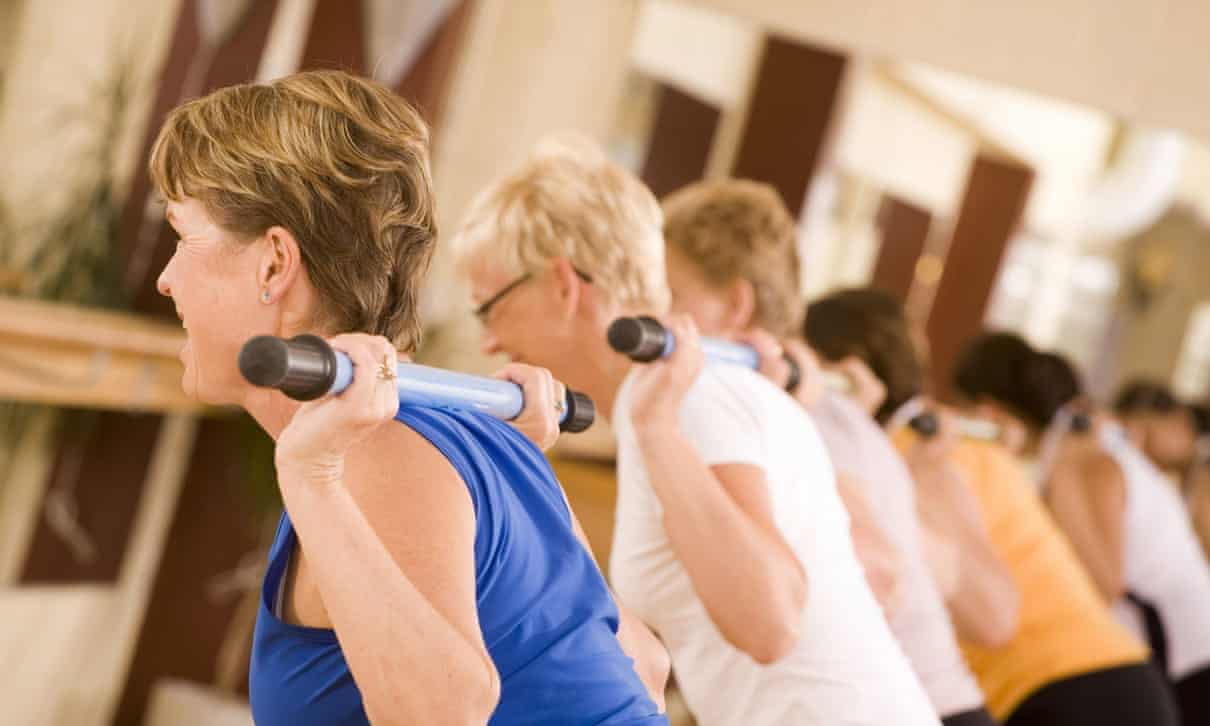 When thinking about strength training, it is common for people to picture buffed up body builders and heavy dumb bells. The truth is though that strength training is for everyone and holds a vital role in maintaining our health and function as we begin to age. What is strength training? By definition strength is the ability of muscle to produce force. This does not describe the amount of force but simply the ability to be able to produce any! Strength focused training comes in many different forms and there is something out there for everyone! Strength training focuses on using resistance through body weight, free weights, machines or anything else that is heavy to produce increased force output from the muscle. When this occurs consistently over time the contractility of the muscle improves, and our nervous system adjusts by increasing the body’s ability to produce force through optimising the use of the nervous system. The main aim of strength training to improve the body’s ability to move more weight over time. Even if gaining strength and muscle mass is not your goal, improving your strength will allow you to get the full benefits from all other forms of exercise. Why is it important? Muscular strength plays a crucial role in our ability to perform everyday tasks and function well. As we age it is even more important to maintain a level of strength as after the age of 50 there is a 15% muscle mass and strength loss per decade! Maintaining muscle mass and strength as you age has been shown to prevent further musculoskeletal issues, chronic conditions, frailty, loss of independence, poor mental health and decreased quality of life. If that’s not a good enough reason to starting strength training, I don’t know what is! Below is a list of just some of the many benefits gained from strength training:
Where do I start? So, you are keen to get started but aren’t sure how? If you have no current musculoskeletal injuries or chronic conditions you can start slow and gradually at home. Use light weights to begin and progress up over time. If you are currently experiencing an injury, pain or chronic condition it is a good idea to get in contact with an Accredited Exercise Physiologist so that they can point you in the right direction and create a program best suited to your current needs. By Aleisha Michael Accredited Exercise Physiologist  Most runners believe that in order to be better-performing and faster-running machines, they simply need to run more and hone their craft by following a well-designed running program. But, that's only half true. The other piece of the puzzle comes from a structured resistance-training program. Even if a runner wants to improve their running time at the middle or long distances, strength training is a must to improve. How does strength training help? The main reason is to improve our running economy Running economy basically means that you are more efficient and able to undertake the same distance in less time and with less energy. There are heaps of studies showing improvements in running economy and that even in trained distance runners that running economy can improve by up to 8% following a period of resistance training. So for a serious runner who undertakes marathons, 8% off of a 4 hour marathon is 20 minutes, so a pretty good improvement - even shaving 10 minutes off a marathon would make most runners pretty happy! There is a second train of thought that strength training also decreases our injury risk. However there are inconsistent findings in the literature on associations between lower body strength and running injury occurrence. So the main reason to strength train is to improve our running economy. What does a typical program that a runner should undertake look like?
What are some examples of exercises people can do at home? An example gym program for runners might include exercises like:
Power work is also beneficial to improving running economy:
Check out a few strength training exercises here: Lisa Parkinson Accredited Exercise Physiologist |
AuthorSLisa Parkinson Archives
July 2024
Categories
All
|

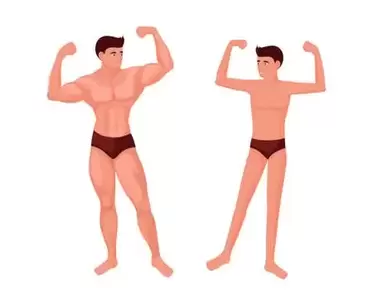
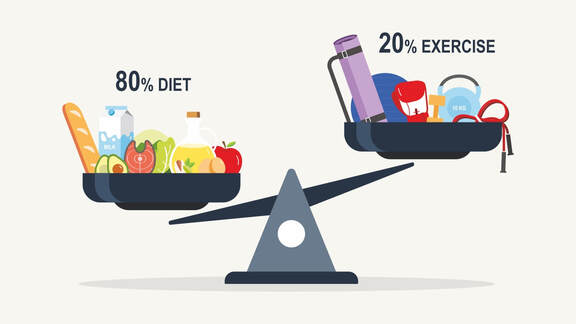
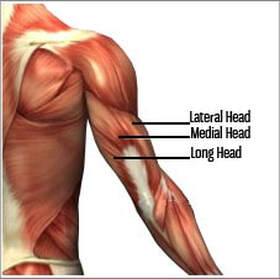
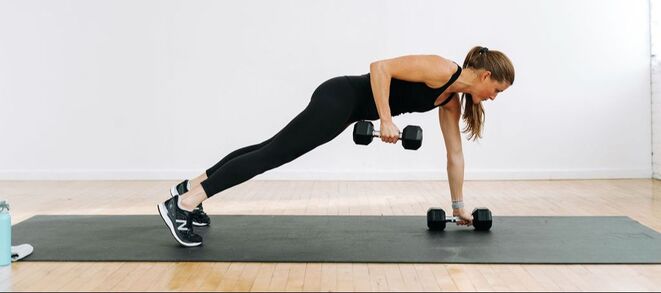
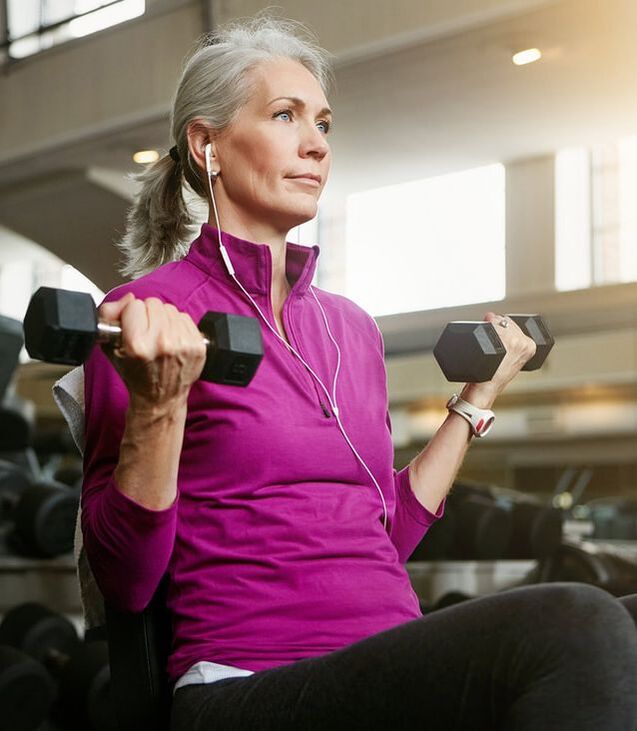
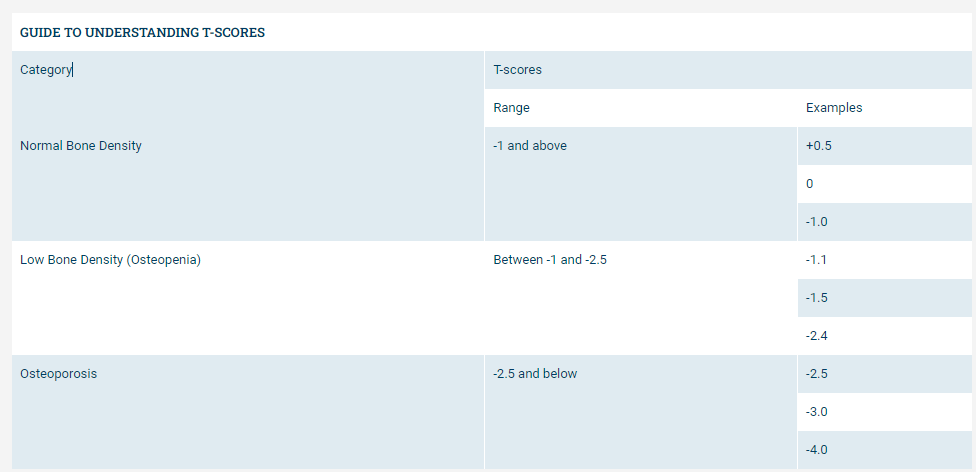
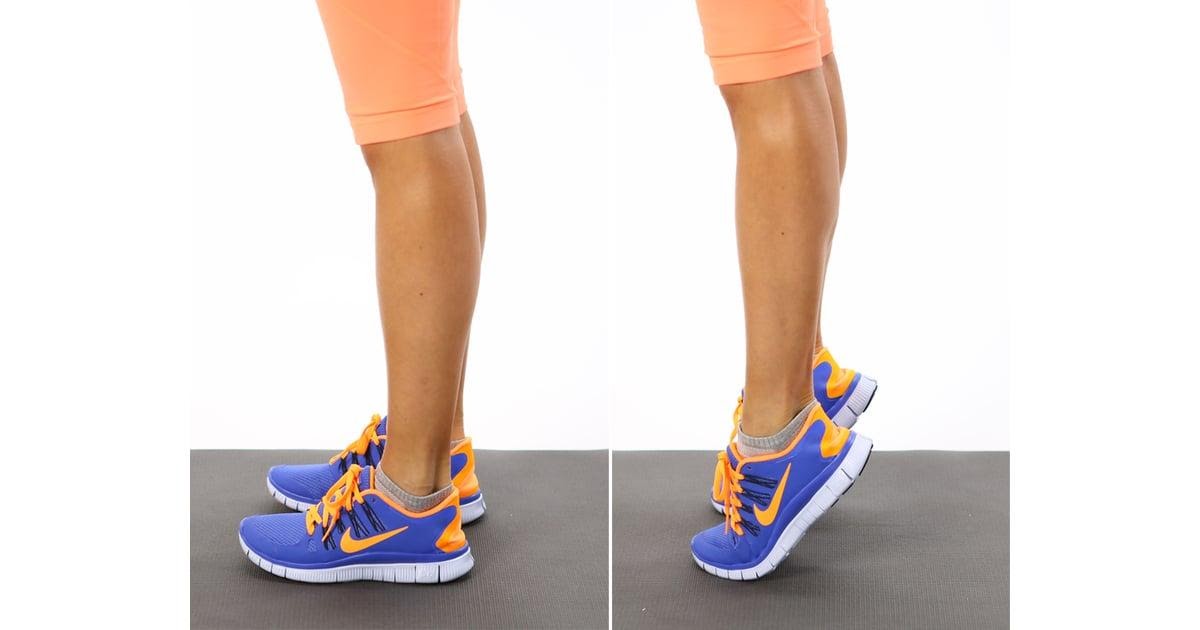
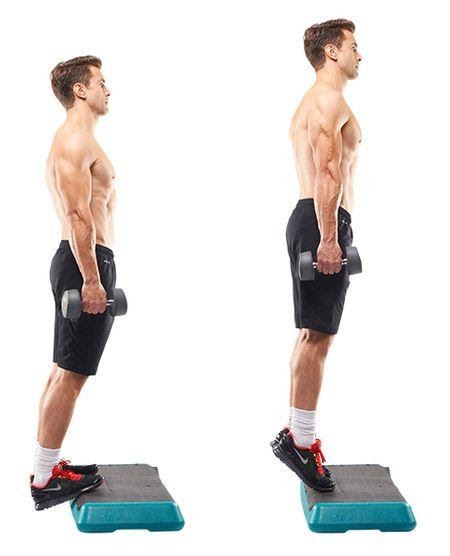
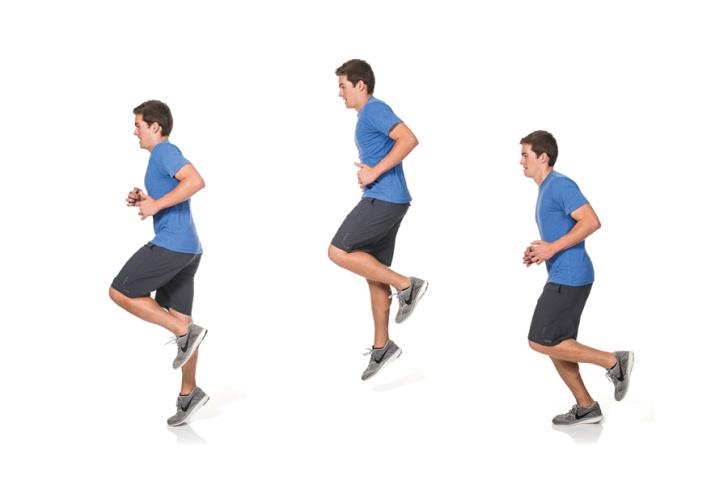
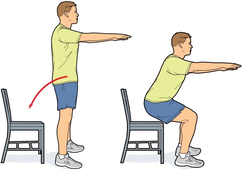

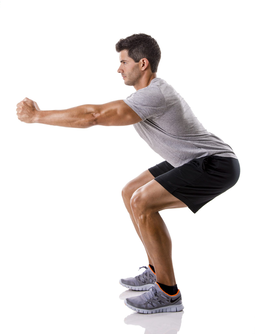
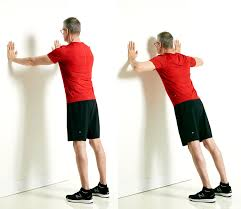
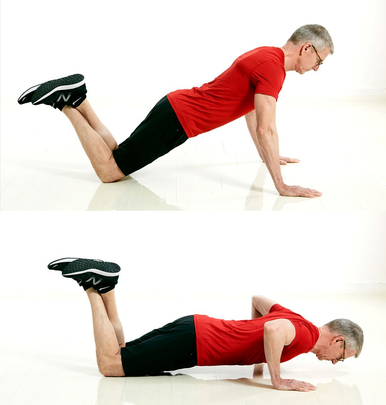
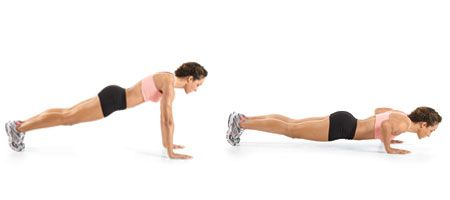
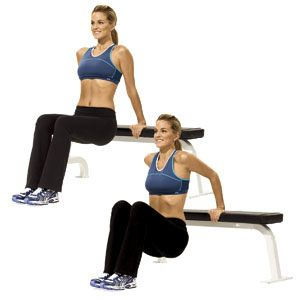
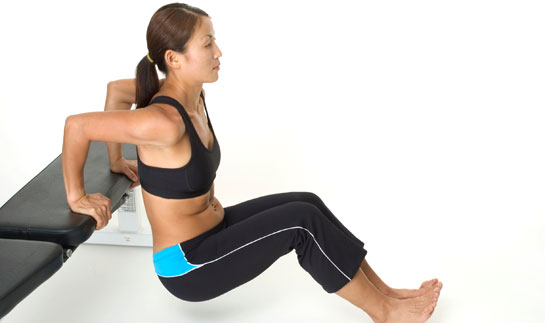
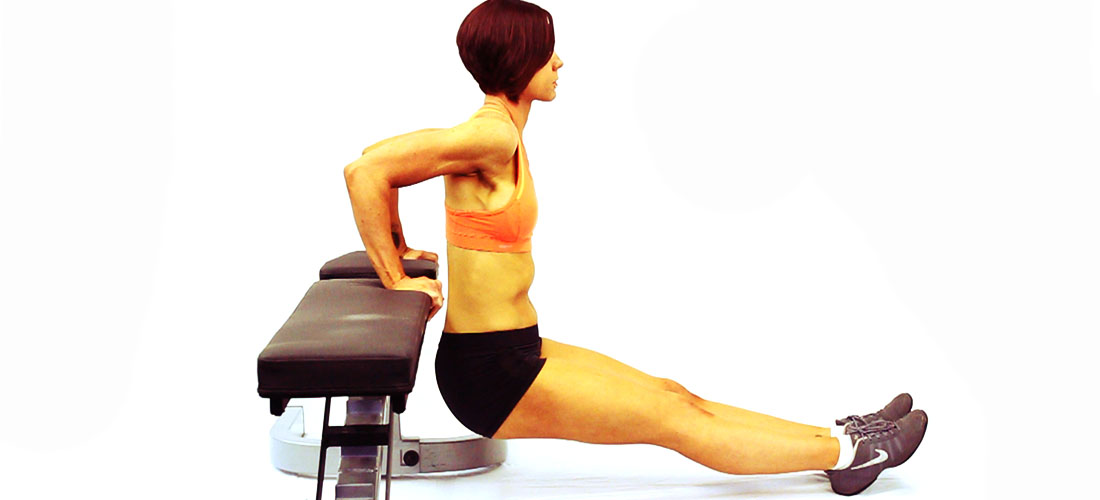
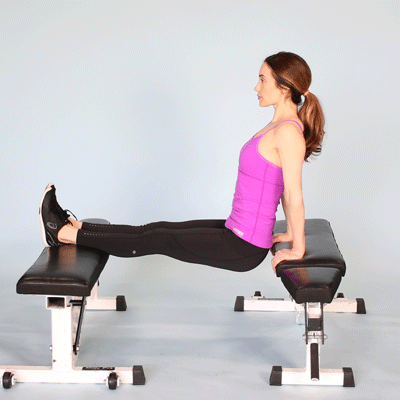
 RSS Feed
RSS Feed